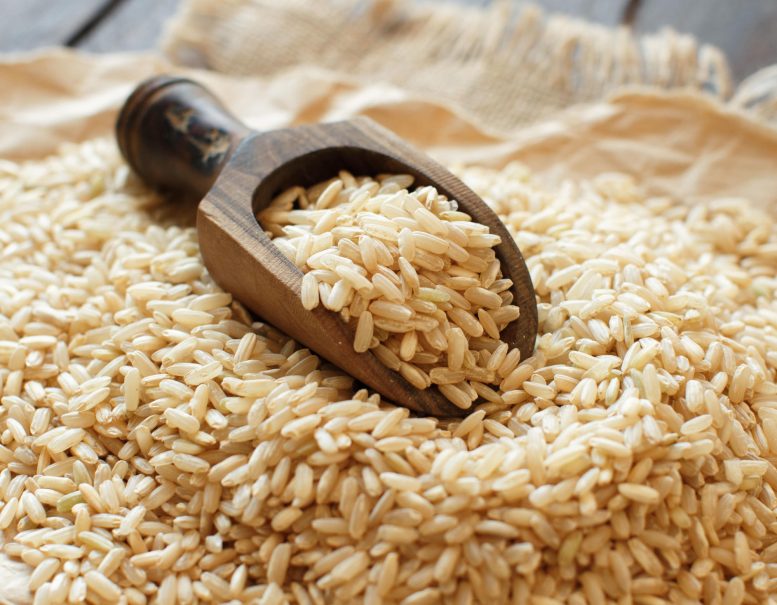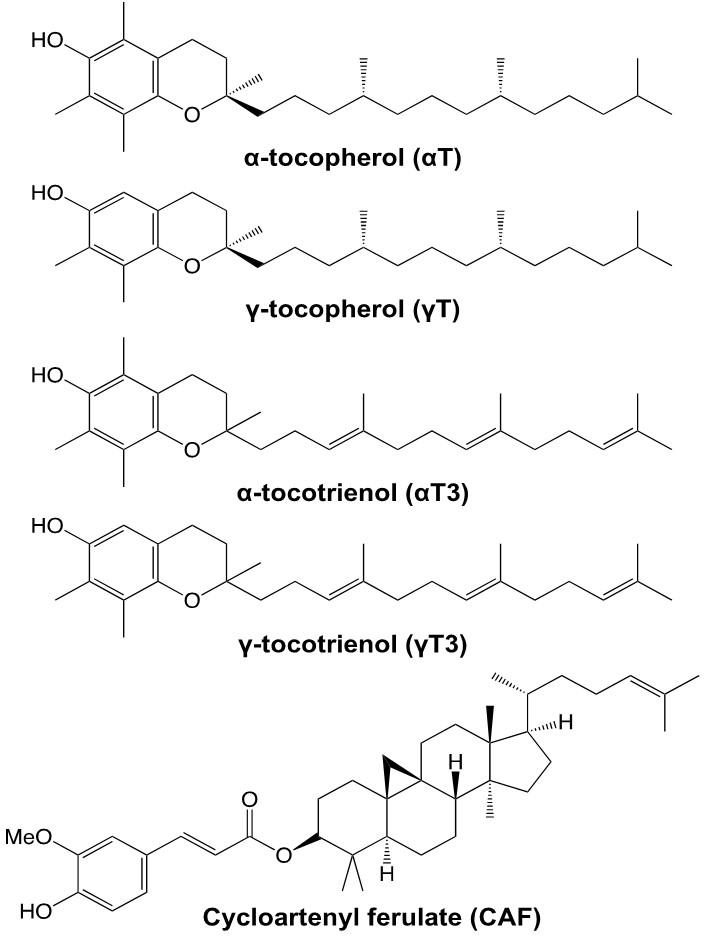
Brown rice is a whole grain that is a staple food in many cultures worldwide. It is produced by removing only the outermost layer of the rice grain, known as the hull, leaving the bran layer and germ intact. This process preserves the nutrients that are found in these layers, making brown rice a nutritious alternative to white rice.
The researchers have discovered that the ester compound cycloartenyl ferulate is the primary contributor to the health benefits of brown rice.
In Asia, rice is a staple grain and accounts for almost 90% of the world’s rice consumption. Brown rice, in particular, has gained recognition for its numerous health benefits. Regular consumption of brown rice has been linked to weight reduction, cholesterol control, and inflammation reduction. The antioxidant properties of brown rice, such as its ability to neutralize reactive oxygen species and protect against cellular damage, play a crucial role in its health-promoting effects.
While previous research has demonstrated that the antioxidant compounds in brown rice can guard against oxidative stress, the specific compound responsible for these beneficial effects has long remained a mystery.

Several fat-soluble compounds present in brown rice have antioxidant capacity but are present in small quantities. Cycloartenyl ferulate, a relatively abundant molecule, has been revealed as the major compound responsible for several health benefits of brown rice. Credit: Yoshimasa Nakamura
In a recent study led by Professor Yoshimasa Nakamura from the Graduate School of Environmental and Life Science, Okayama University, researchers from Japan have identified cycloartenyl ferulate (CAF) as the main “cytoprotective” or cell-protecting compound in brown rice. CAF is a unique compound owing to its hybrid structure. As Professor Nakamura explains, “CAF is a hybrid compound of polyphenol and phytosterol and is expected to be a potent bioactive substance with various pharmacological properties, such as antioxidant effect and blood fat-lowering effect.”
The study, which was recently published in the International Journal of Molecular Sciences, was co-authored by Hongyan Wu, from Dalian Polytechnic University, and Toshiyuki Nakamura, from the Graduate School of Environmental and Life Science at Okayama University. In it, the researchers provide evidence of CAF’s antioxidant properties by demonstrating that it can protect cells from stress caused by hydrogen peroxide.
Although hydrogen peroxide is a by-product of a cell’s metabolic processes, abnormal amounts of the compound can be toxic to cells and cause irreversible damage. Treatment of cells with CAF increased their resistance to toxic stress induced by hydrogen peroxide. Moreover, CAF provided greater protection from hydrogen peroxide-induced stress compared to alpha-tocopherol and gamma-tocopherol, two other prominent antioxidant compounds that were earlier speculated to be major contributors to the antioxidant capacity of brown rice.
According to the study’s estimates, the amount of CAF in the whole grain of brown rice is five-fold higher than that of other antioxidant compounds found in brown rice. Further, CAF increases the concentration of heme oxygenase-1 or HO-1, an enzyme that facilitates the production of antioxidants. “We demonstrated here that CAF significantly increased the mRNA level of HO-1, the small molecular weight antioxidant-producing enzyme, at concentrations similar to that required for cytoprotective effects in resistance to oxidative damage,” Professor Nakamura explains.
The researchers further explored this mechanism of action through experiments where blocking HO-1 activity using inhibitors reduced the antioxidant effect of CAF considerably. The high abundance and unique mechanism of action are evidence that CAF is the major contributing antioxidant in brown rice.
Through this study, the researchers have not only uncovered the secret to the health benefits of brown rice but also locked down on the component that is majorly responsible for these benefits. This will allow the use of CAF in the development of better novel supplements and food products focused on consumer health.
As an optimistic Professor Nakamura observes, “Our study can help in the development of new functional foods and supplements based on the functionality of CAFs, like CAF-based nutraceuticals.”
Although, with such naturally occurring health benefits, brown rice still very much looks to be on the menu!
Reference: “Cycloartenyl Ferulate Is the Predominant Compound in Brown Rice Conferring Cytoprotective Potential against Oxidative Stress-Induced Cytotoxicity” by Hongyan Wu, Toshiyuki Nakamura, Yingnan Guo, Riho Matsumoto, Shintaro Munemasa, Yoshiyuki Murata and Yoshimasa Nakamura, 3 January 2023, International Journal of Molecular Sciences.
DOI: 10.3390/ijms24010822
The study was funded by the Japan Society for the Promotion of Science.









Why not mentioned the arsenic in the brown rice? 10 times than white rice! Research well and say. Please give your reply
Well I have liked the brown rice,but where can I get it.